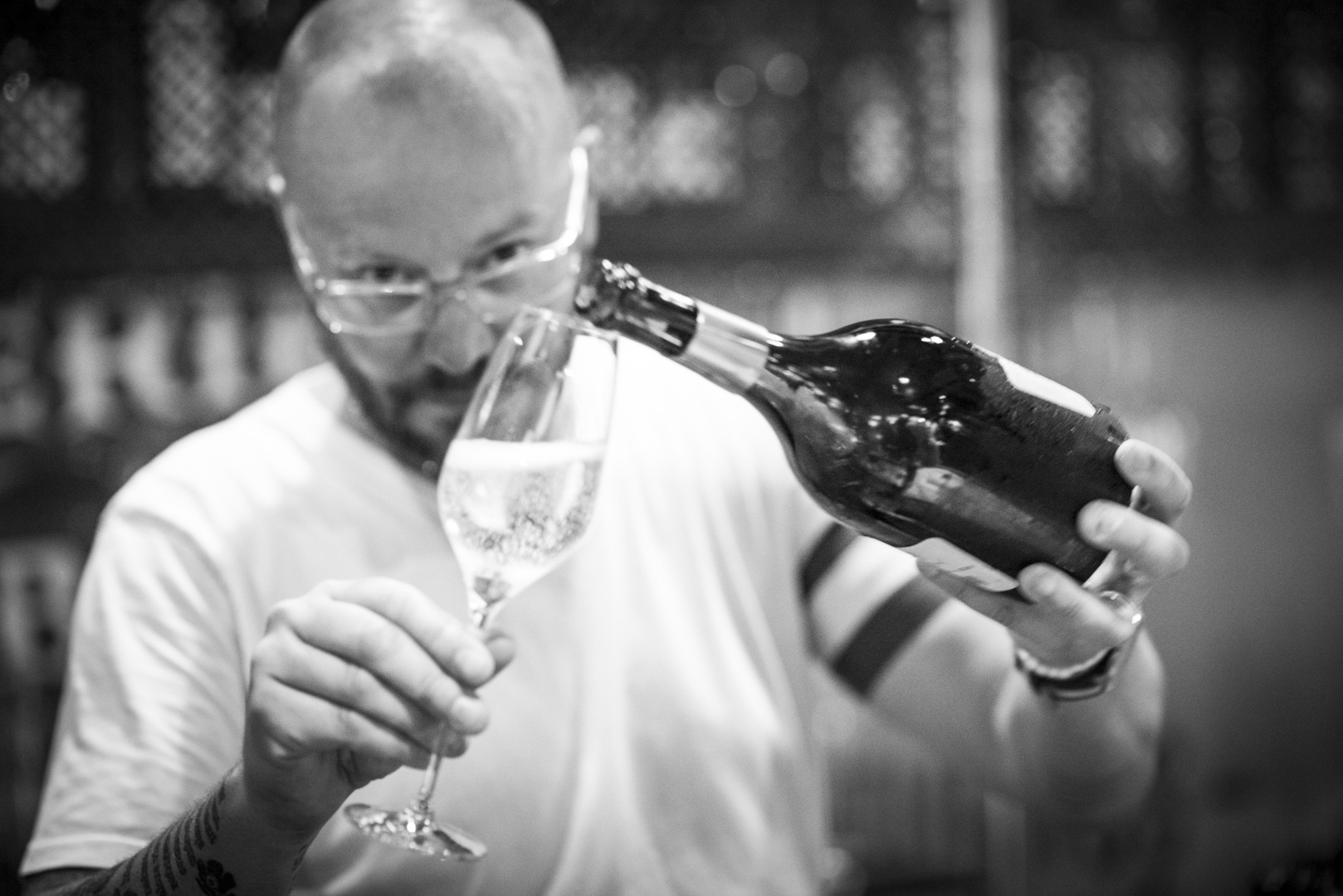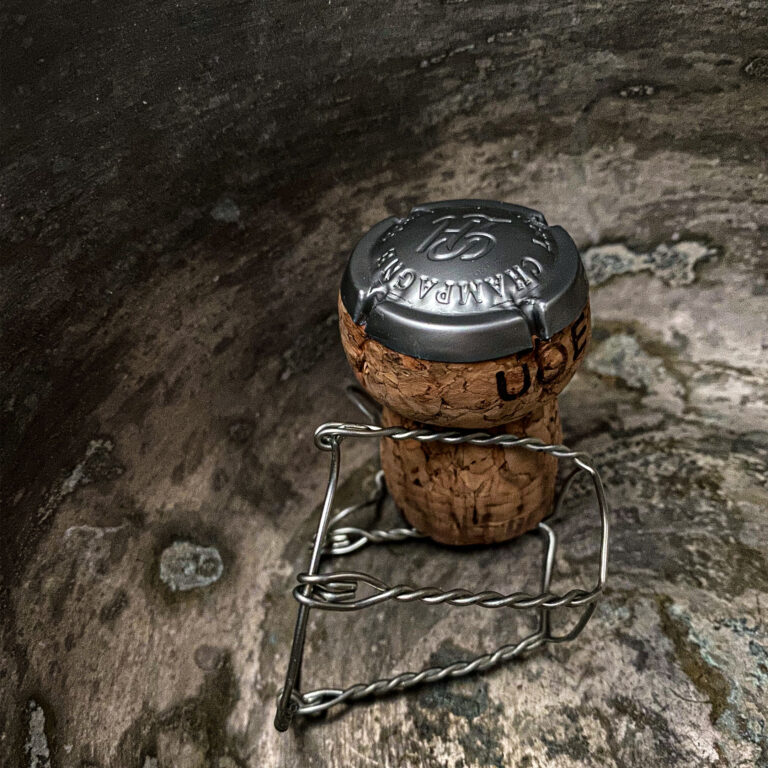International Champagne Day, celebrated on October 25th, 2024, is a global tribute to one of the most iconic and luxurious beverages in the world. [read the full champagne story]
Estimated reading time: 6 minutes

This day, observed annually on the fourth Friday of October, brings together Champagne enthusiasts, connoisseurs, and casual drinkers alike to appreciate the rich history, unique production methods, and cultural significance of this sparkling wine from the Champagne region of France.
The Origin and Purpose of International Champagne Day
Champagne Day was first established by Champagne enthusiasts to celebrate and promote authentic Champagne. While many sparkling wines exist, Champagne has a special place in the world of beverages due to its strict regulations and geographic exclusivity. Only sparkling wine produced in the Champagne region using the traditional method (méthode champenoise) can legally be called Champagne.
The goal of the day is not only to enjoy the effervescent delight of Champagne but also to educate people about its unique production process, the significance of its terroir, and its role in global culture and celebrations. On this day, wine lovers from around the world raise their glasses in unison, toasting to the magic of Champagne, its makers, and its enduring place in history.
What Makes Champagne Special?
Champagne is produced using a labor-intensive method known as méthode champenoise, which involves secondary fermentation in the bottle. This process creates the fine bubbles that are characteristic of Champagne. Here are a few aspects that set Champagne apart from other sparkling wines:
1. Geography and Terroir: Champagne can only come from the Champagne region in northeastern France, a region known for its unique chalky soils, cool climate, and ideal grape-growing conditions. The region’s specific terroir is fundamental to the flavor profile of the wine.
2. Grape Varieties: The main grape varieties used in Champagne are Chardonnay, Pinot Noir, and Pinot Meunier. Each grape contributes to the wine’s complexity, with Chardonnay bringing finesse and freshness, Pinot Noir adding structure, and Pinot Meunier providing fruitiness.
3. Aging Requirements: Champagne must be aged for a minimum of 15 months for non-vintage varieties and at least three years for vintage Champagne. This extended aging on the lees (dead yeast cells) contributes to the wine’s creamy texture and nutty, toasty flavors.
4. Traditional Method: The secondary fermentation that creates Champagne’s bubbles occurs in the bottle. After fermentation, the bottles are stored horizontally and regularly rotated (a process called riddling) to ensure sediment moves to the bottle’s neck, which is then removed through disgorgement.
Celebrating Champagne Day: How to Join In
International Champagne Day is an opportunity for everyone, from the seasoned wine aficionado to the casual enthusiast, to indulge in Champagne and celebrate its elegance and versatility. Here are a few ways to participate:
1. Host a Champagne Tasting
Hosting a Champagne tasting with friends or family is a great way to appreciate the diverse styles of Champagne. Offer a selection of Blanc de Blancs (made from 100% Chardonnay), Blanc de Noirs (made from Pinot Noir or Pinot Meunier), and Rosé Champagne to showcase the variety of flavor profiles. Pair them with classic accompaniments like oysters, caviar, or cheese.
2. Learn About Champagne’s History
Take the time to dive into the fascinating history of Champagne. Learn about the key figures who shaped its production, such as Dom Pérignon, the Benedictine monk who contributed significantly to its development, or the widow Veuve Clicquot, who revolutionized Champagne production and marketing. Understanding the rich legacy behind Champagne adds to its enjoyment.
3. Toast with Friends on Social Media
Champagne Day is not just a local event but a global one. Many people take to social media to share their Champagne moments using the hashtag #ChampagneDay. Whether you’re enjoying a bottle with loved ones or attending a Champagne-themed event, you can join the worldwide celebration virtually by sharing photos and stories.
4. Visit the Champagne Region
For those who want to immerse themselves in the Champagne experience, visiting the Champagne region in France is a bucket-list trip. Take a tour of the vineyards, visit historic cellars, and enjoy tastings at renowned Champagne houses like Moët & Chandon, Taittinger, and Laurent-Perrier.
5. Pop Open a Special Bottle
Whether it’s a birthday, anniversary, or just a Friday night, Champagne is synonymous with celebration. If you’ve been saving a special bottle of vintage Champagne, there’s no better time to open it than on International Champagne Day.
The Economic and Cultural Impact of Champagne
Champagne is not just a drink; it is a symbol of celebration, luxury, and success. It has long been associated with major life events—weddings, New Year’s Eve, and milestone achievements. Its cultural significance can be seen in its presence at royal weddings, sports victories, and global events.
Economically, the Champagne industry is a significant contributor to France’s economy. According to the Comité Champagne, the governing body of Champagne producers, over 300 million bottles of Champagne are sold annually worldwide. This industry supports thousands of jobs, from vineyard workers to cellar masters, and contributes to France’s tourism, as visitors flock to the Champagne region to explore its heritage.
Looking Ahead: Trends in the Champagne Industry
As International Champagne Day 2024 approaches, it’s worth noting some emerging trends in the Champagne industry:
1. Sustainability in Champagne Production
Sustainability is becoming increasingly important in Champagne production. More Champagne houses are focusing on organic and biodynamic farming practices, reducing carbon footprints, and using eco-friendly packaging. Some producers are even experimenting with reducing the weight of Champagne bottles to lower emissions during shipping.
2. Increased Popularity of Grower Champagnes
Grower Champagnes—produced by the same people who grow the grapes—are gaining popularity. These smaller, artisanal producers offer unique expressions of Champagne’s terroir, often at a more affordable price than the big-name houses.
3. Champagne Cocktails on the Rise
Champagne’s versatility is being explored in cocktails, where it’s mixed with ingredients like fruit purees, herbs, and bitters. While traditionally enjoyed on its own, Champagne cocktails like the French 75 are becoming increasingly popular, offering a creative way to enjoy the sparkling wine.
Conclusion
International Champagne Day 2024 is more than just an excuse to pop open a bottle of bubbly; it’s a chance to reflect on the craftsmanship, heritage, and cultural impact of Champagne. Whether you’re a seasoned connoisseur or someone new to the world of Champagne, this day offers an opportunity to explore the diversity and magic of this iconic beverage. So, raise a glass, savor the bubbles, and join in the global celebration of Champagne—because life is always worth celebrating.
How Will You Celebrate?
As you prepare for International Champagne Day 2024, consider how you will participate in this global toast to one of the world’s most cherished beverages. Whether it’s enjoying a glass at home, attending a special event, or learning more about the Champagne-making process, there’s no wrong way to celebrate. Just remember, every bottle of Champagne is a celebration waiting to happen!






